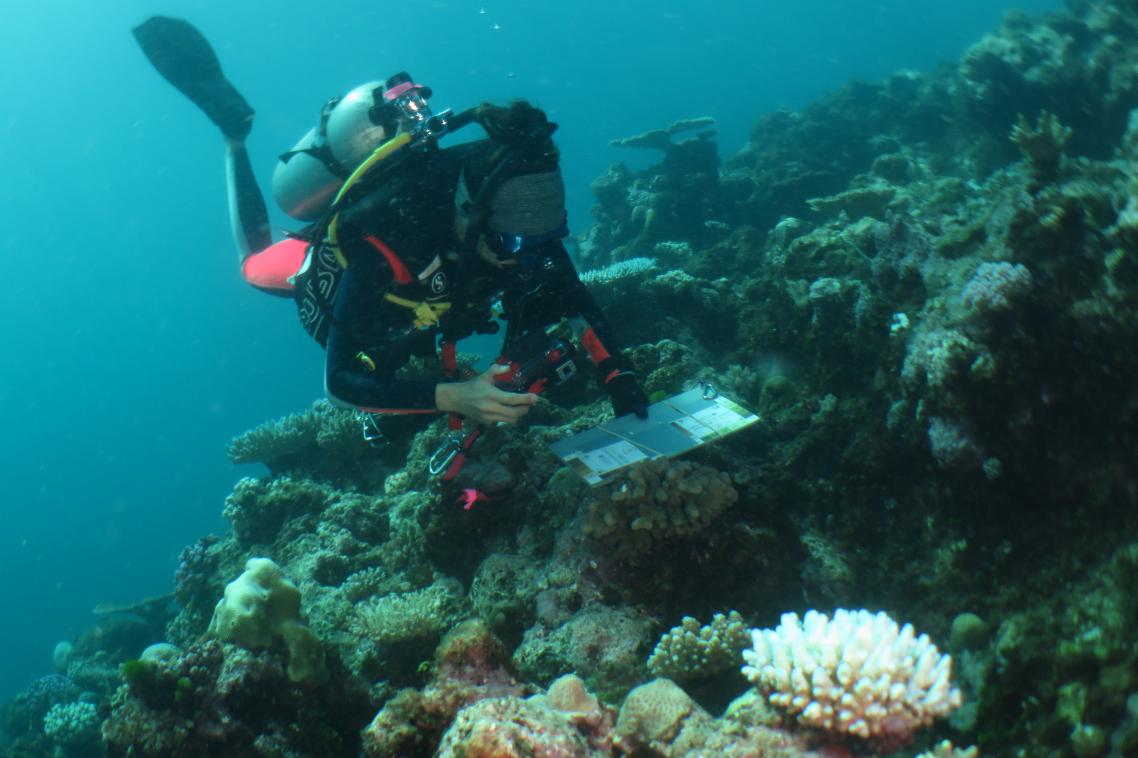New pesticide tool reduces downstream impacts of chemical runoff

(Photo credit: Mika Rowston, Reef Catchments Science Partnership. )
UQ’s Reef Catchments Science Partnership researcher Hannah Mitchell said the Pesticide Projector helped farmers understand how their choice of chemical and its quantity affected the aquatic environment.
“The app ranks different active ingredients in pesticides based on their toxicity to aquatic life, potential to move from land to waterways, and persistence in the environment,” Ms Mitchell said.
“This makes it easier to choose pesticides that pose less risk to the aquatic environment.
“Water quality monitoring has shown pesticides are frequently detected in Queensland’s rivers, estuaries and coastal waters, particularly near Innisfail and Mackay.
“While important for managing pests, these chemicals can impact the health and resilience of aquatic ecosystems if they make it into our waterways.
“The tool allows users to compare the relative aquatic risk of individual pesticides as well as different tank mixes and application methods.
“Decisions on farm are complex and multifaceted, so the Pesticide Projector translates the science into practical insights to make it easier for farmers to consider aquatic risk in their decisions.”
Associate Professor Ryan Turner from UQ’s School of the Environment said the Pesticide Projector was already making an impact.
“In the Mackay region, its use has contributed to a measurable reduction in pesticide concentrations in local waterways,” Dr Turner said.
“This demonstrates the power of science-led collaboration between researchers, farmers, and industry.
“The Pesticide Projector is about empowering farmers as environmental stewards.
“Proactive management is critical to avoid long-term ecological and economic costs.
“By making the science accessible and actionable, we’re supporting sustainable agriculture and protecting one of Australia’s most precious ecosystems.”
Across the Great Barrier Reef catchment area, Pesticide Projector training sessions have engaged agronomists, growers, and resellers who responded with overwhelmingly positive feedback.
The next phase of training will take place in the Wet Tropics, with events scheduled for Innisfail on October 22 and Ingham on October 23, hosted by local Natural Resource Management group Terrain.
For more information, explore the Pesticide Projector.
Collaboration and acknowledgements
The Pesticide Projector was developed by the Reef Catchments Science Partnership in collaboration with the Department of Environment, Tourism, Science and Innovation and the Department of Primary Industries, Farmacist Pty Ltd, Truii Pty Ltd and other industry partners.Related articles

Superconducting germanium made with industry-compatible methods

Under the surface: how genetics could save the Great Barrier Reef
Media contact
UQ Communications
communications@uq.edu.au
+61 429 056 139
